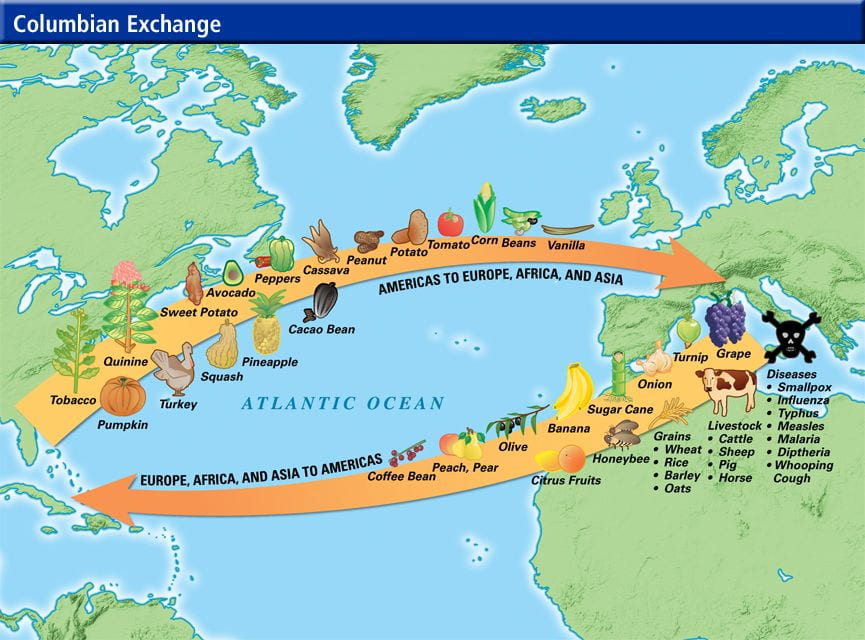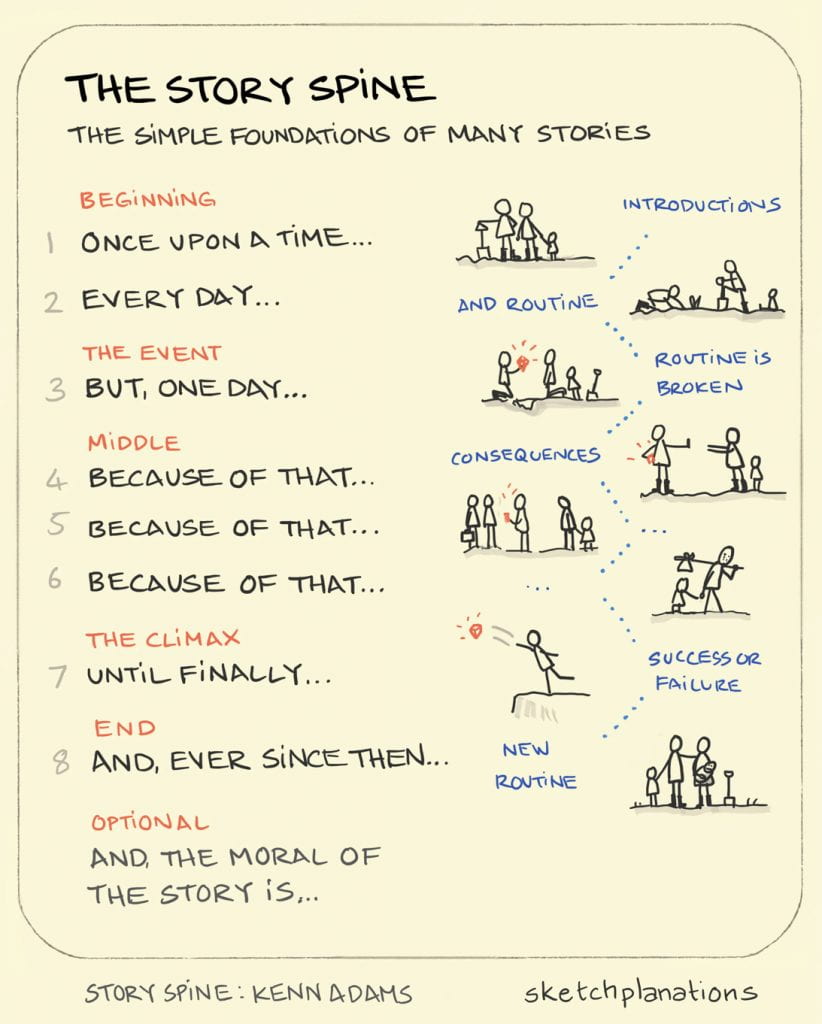What did European settlement mean for all the people involved? Well how bout I show you a video that will help answer that question.
As you may have guessed, I created that video along with my partner in this project. (Go check out Gwen’s blog here) The video was made using keynote magic move, then exported to YouTube. We made a QR code to out on the infographic that takes you to this video.
Just a quick overview of the project, We learned about European settlement in New France, the fur trade, daily life in early Canadian colonies, First Nations relations, and more things of that sort. We put three facts, one each of the British, French, and First Nations, into an infographic with an image to go along with each fact. We came up with a short thesis to answer the driving question using the three facts as supporting evidence.
Another part of the infographic was a statement on continuity and change between the time of the colonization of New France to Present day. We did practice on identifying continuity and change and at first I wasn’t very good at it but I think I’ve got the hang of it now. The general theme of our infographic was the power of human greed and we tried to make that the focus of the continuity and change statement.
Overall I thought that this project was fun and I really enjoyed working with my partner.
Here are the sources that we used for the information in the infographic;
Worlds Collide Episode 1, CBC, 2017
Coates, Sarah, James Miles, Janice Moase. Nelson Socials 8. Nelson Education, 2019.
HBC Heritage – Tales from the Bay
As always, Brooke.


